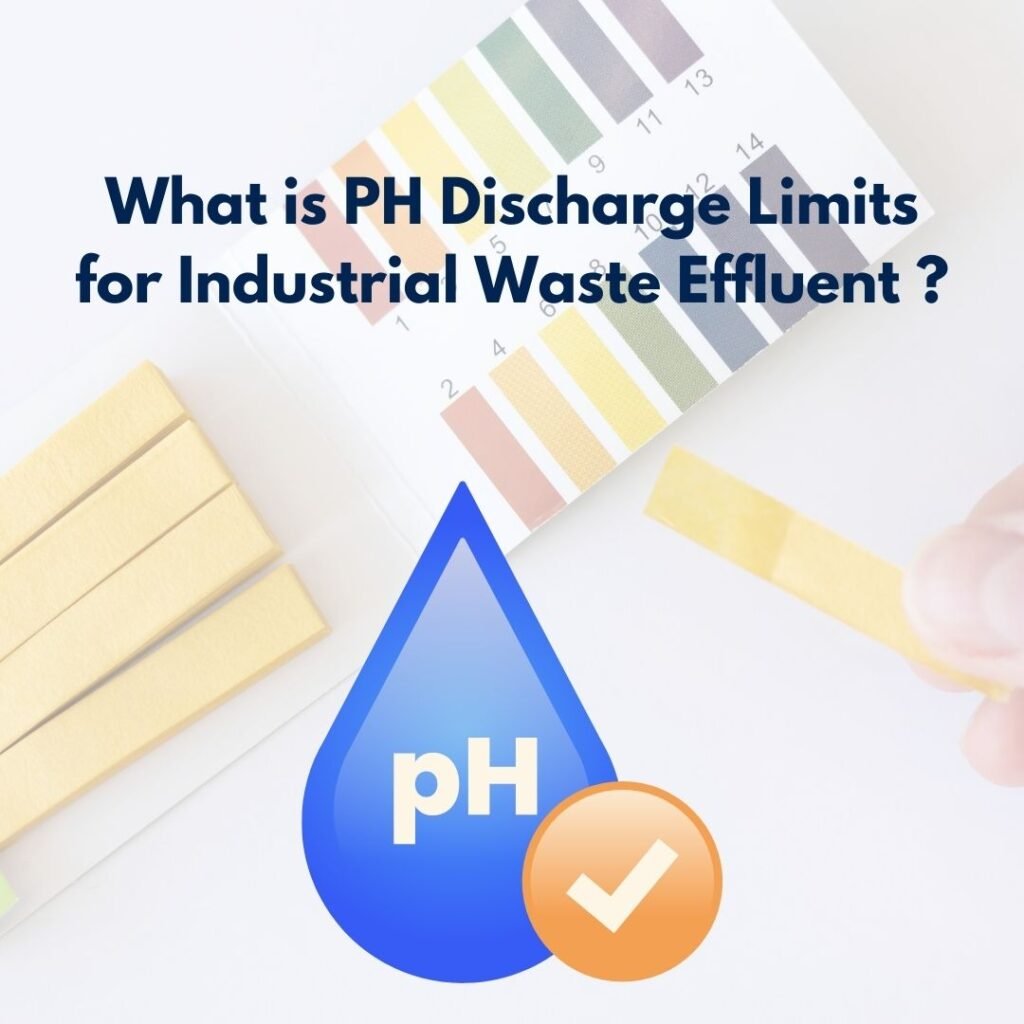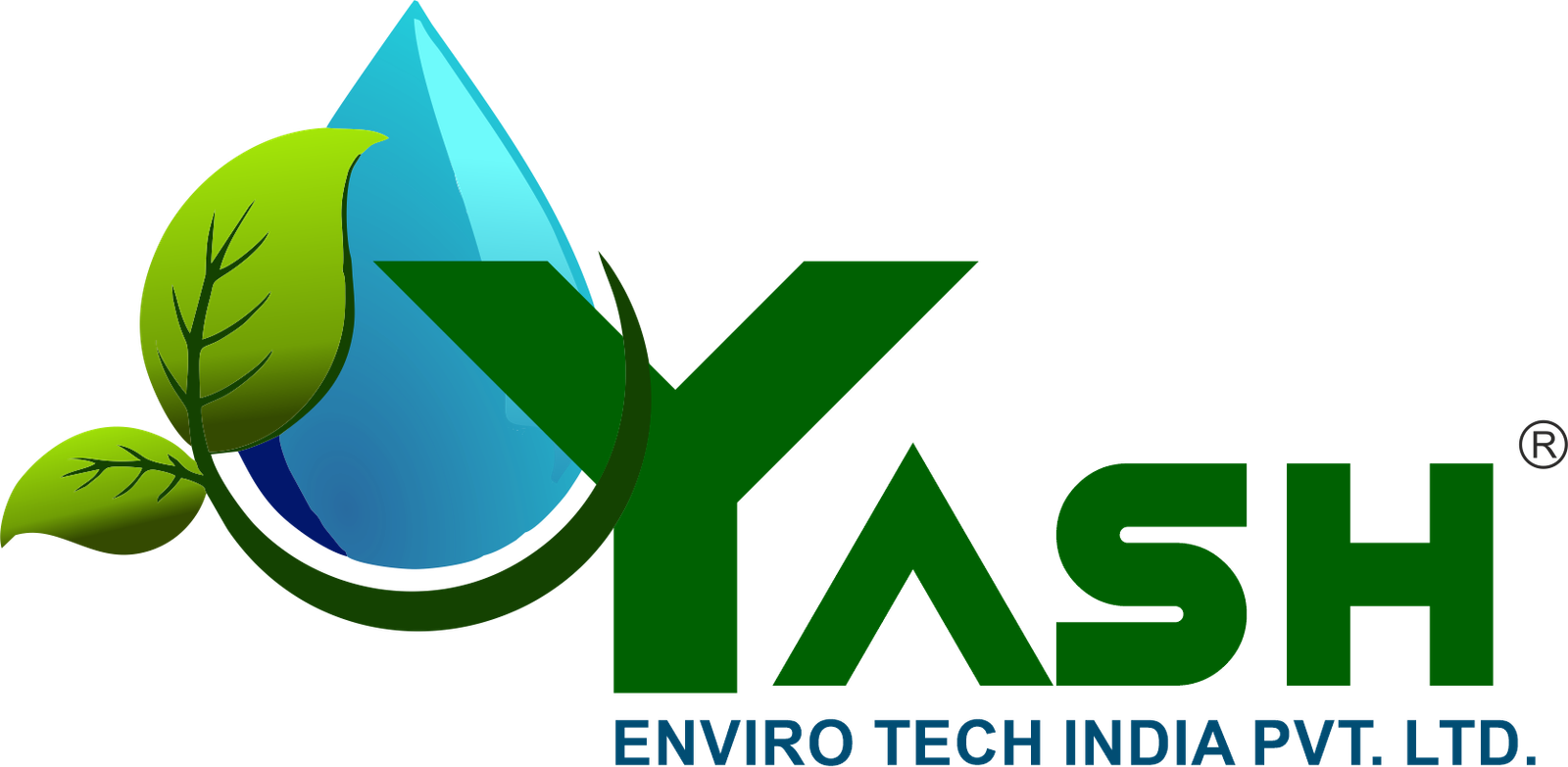What is Ph and What are the Ph Discharge Limits for Industrial Waste Effluent ?

pH stands for “potential of Hydrogen” and is a measure of the acidity or basicity (alkalinity) of a solution. The pH scale ranges from 0 to 14, with 7 being neutral, less than 7 being acidic and greater than 7 being basic (alkaline).
pH is a measure of the concentration of hydrogen ions (H+) in a solution. The lower the concentration of hydrogen ions, the higher the potential of Hydrogen and the more basic (alkaline) the solution is. Conversely, the higher the concentration of hydrogen ions, the lower the potential of Hydrogen and the more acidic the solution is. A potential of hydrogen of 7 is considered neutral, meaning the solution has equal amounts of hydrogen ions and hydroxide ions (OH-). A pH less than 7 indicates an acidic solution, with a pH of 1 being the most acidic and a potential of hydrogen of 6 being slightly acidic. A potential of Hydrogen greater than 7 indicates a basic or alkaline solution, with a pH of 14 being the most basic and a pH of 8 is slightly basic. The pH scale is logarithmic, which means that each increment on the scale represents a ten-fold difference in acidity or basicity. For example, a potential of hydrogen of 4 is ten times more acidic than a pH of 5 and 100 times more acidic than a potential of hydrogen of 6. It’s important to maintain a healthy potential of Hydrogen level in various applications such as water treatment, food and beverage production, agriculture, and in the human body (for example, the potential of Hydrogen of blood must be maintained within a tight range).
PH Discharge limits for industrial waste effluent?
The pH discharge limit for industrial waste effluent varies depending on the specific regulations in the country or region where the discharge occurs. However, as a general guideline, many countries have established pH discharge limits for industrial waste effluent in the range of 6.5 to 9.0. The exact limit will depend on the specific characteristics of the waste and the receiving water body. It’s important to note that discharge limits are set to protect the receiving water body and the surrounding environment. Discharging waste with a potential of Hydrogen outside of the established limits can harm aquatic life and other organisms, as well as affect the overall water quality. Therefore, it’s important for industrial facilities to monitor and control the potential of Hydrogen of their waste effluent to ensure compliance with discharge regulations.
There are several treatment methods that can be used to neutralize the pH of waste effluent, including:
1. Chemical neutralization: This method involves adding neutralizing agents, such as sodium hydroxide (NaOH) or sulfuric acid (H2SO4), to the waste stream to adjust the potential of Hydrogen to within the acceptable range. The choice of neutralizing agent will depend on the original pH of the waste and the desired final potential of hydrogen.
2. Limestone neutralization: This method uses limestone (CaCO3) to neutralize acidic waste streams. The reaction between the waste and the limestone will result in the formation of calcium salts and the release of carbon dioxide (CO2). This method is often used in the treatment of mining and metallurgical waste.
3. Biological treatment: This method uses microorganisms to degrade organic matter in the waste stream, which can result in a change in the potential of Hydrogen. For example, the biodegradation of organic acids can result in a decrease in the acidity of the waste stream.
4. Buffer addition: This method involves adding buffers, such as sodium bicarbonate (NaHCO3) or sodium carbonate (Na2CO3), to the waste stream to maintain the potential of Hydrogen within a narrow range. This method is often used in situations where large fluctuations in potential of Hydrogen must be avoided, such as in the treatment of hazardous waste. It’s important to note that the appropriate treatment method will depend on the characteristics of the waste and the desired final potential of Hydrogen, as well as the regulations in place. Consulting with an environmental engineer or a waste treatment specialist is recommended to determine the best approach.
